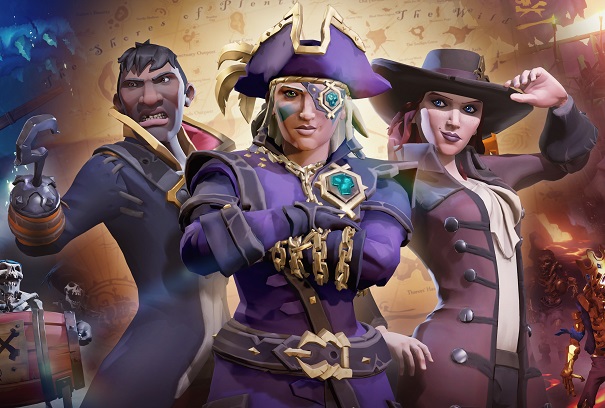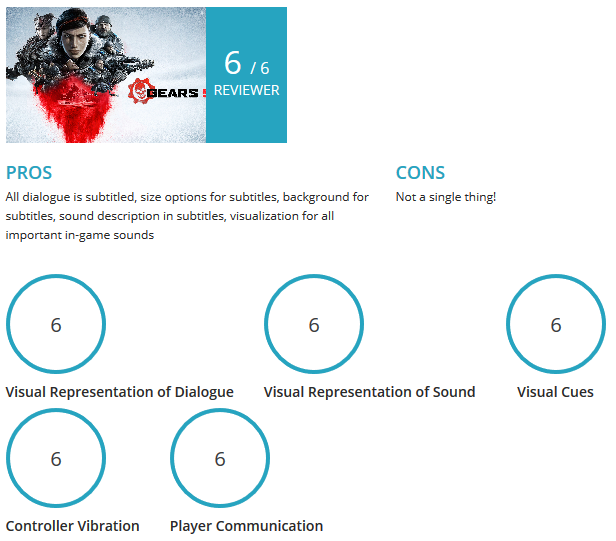Ever since Gears of War debuted on the Xbox 360 in 2006, it’s been one of Xbox’s biggest IPs, and its particular “dudebro” brand of excess and hypermasculinity has come to define the Xbox lineup of games in many people’s eyes. However, the most recent release in the series, Gears 5, has a Latina woman (Kait Diaz) leading the way. This is just the latest example of how Xbox has completely turned it around to the point that they’re now leading the way in diversity and inclusion.
Xbox Is Promoting Diversity
In Gears 5 alone, it goes beyond Kait, with returning Gears veterans like Del Walker and Augustus Cole alongside newcomers like Fahz. One of the new skins available for use in versus modes is Batista, and another is Sarah Connor (while a white woman does not count for racial diversity, female representation is still necessary and urgent in games, like everywhere else). In a series that has long represented some of the most intimidating and arguably coded aspects of competitive gaming in certain people’s minds, this is a welcome development.
It’s not just Gears, either. Let’s take a look at some of the other Xbox One exclusives that came out over the last few years, first party and otherwise. When you boot up Sea of Thieves, you can basically go through an infinite number of generated characters with randomized races and genders. On top of that, all of the NPCs are a mix of men and women of all races as well. State of Decay 2 is similar, since you can keep randomly generating characters until you get people who look like you and your friends, but it takes it a step further by having voice acting for all of these characters. Finally, Forza Horizon 4 lets you choose from a number of diverse characters, though it’s admittedly a more limited selection than I’d personally like.

Xbox Is Promoting Inclusion
While it’s already great for one of the main publishers to promote diversity so much, Xbox takes it a step further by making sure that its games are accessible to everyone. Let’s go back to Gears 5, which is, perhaps surprisingly, also a champion for accessibility. This is detailed in the Deaf Game review from Can I Play That?, which highlights the game’s quality and deployment of subtitles, visual translation of sound cues, and variety of accessibility options regarding sound design.
Beyond Gears 5, Xbox’s biggest nod toward accessibility in gaming lies in the form of the Xbox Adaptive Controller. The Xbox Adaptive Controller is the first mainstream controller of its type released by a huge company, and it’s an attempt to bring a standardized and premium experience to people who have generally had to rely on DIY solutions. It was designed for the ground up with accessibility in mind, and at $99.99 it’s hard to claim Xbox built this with profit in mind, considering its relatively niche appeal.
The combination of these things shows that Xbox’s commitment to diversity and inclusion is absolutely real. Considering that a lot of people still think about Xbox solely in terms of Halo and Gears, it’s amazing to see them take so many concrete steps to truly making sure that their games are for everyone. This is not to say that Nintendo and Sony do not want everyone to play their games or anything, as the point of this article is not to fuel any console warring but simply to applaud Xbox for the work they’ve done these last few years. Now if only Phil Spencer could convince Satya Nadella that Microsoft shouldn’t be working with ICE…
Anyways, gaming is the best hobby out there, but it could definitely be more welcoming to a wider variety of people. A large number of steps have been taken since 1993, when Michealene Cristini Risley and some of her colleagues had to fight to convince Sega that it was worth advertising to girls. However, there’s still a long way to go, so when a big publisher like Xbox works so hard to make games that welcome all sorts of people, it’s worth supporting and shouting out.




